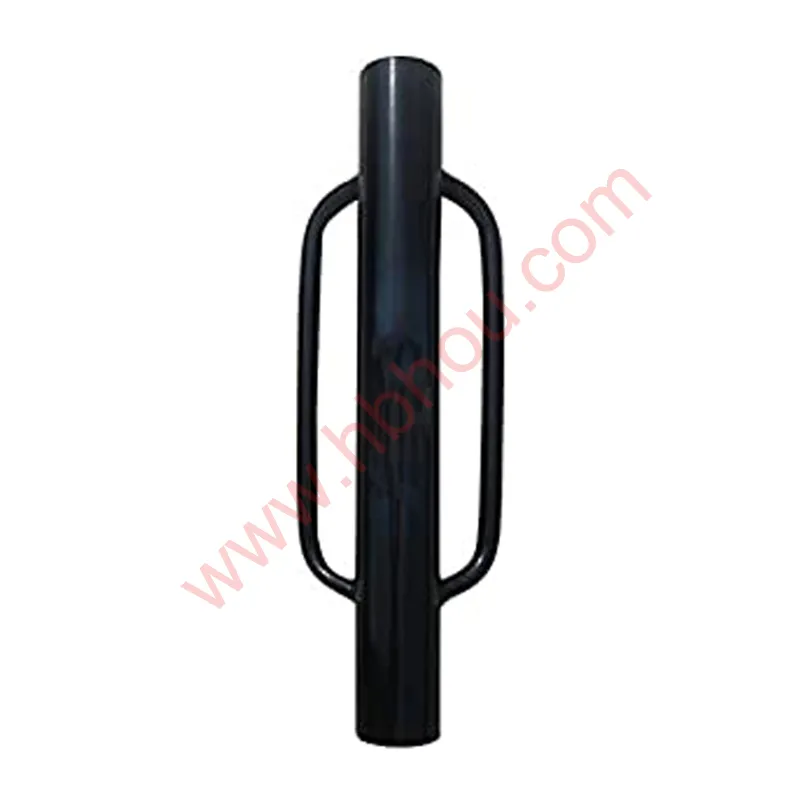Silt Fence Backed With Welded Wire Mesh To Prevent Topsoil Runoff
When planning a construction or landscaping project, especially on uneven or sloped terrain, understanding the role and cost of a silt fence can significantly impact both budget and environmental responsibility. A silt fence, an essential erosion control product, captures sediment and prevents it from contaminating water sources while preserving the soil stability of the site. However, the question of installation cost is a frequent concern among builders and developers, demanding a closer look at several influencing factors for accurate budgeting.
The cost of installing a silt fence may initially appear straightforward, but it is influenced by various factors that contribute to the overall expenditure. Firstly, geographical location is pivotal. In regions prone to frequent regulatory updates or where environmental standards are rigorously enforced, compliance costs may rise, affecting the overall budget. Additionally, areas with skilled labor shortages might experience higher installation costs due to increased labor rates.
Soil type is another determinant that influences the silt fence installation cost. Soft, loamy soils are easier to penetrate, potentially reducing setup time and labor expenses, while dense, rocky, or clay-rich soils can increase the labor intensity, thus raising costs. The need for additional machinery or specialized tools in challenging soil conditions may further elevate the expenses.
Project scale is a critical variable in the cost equation. For larger projects extending over acres of land, bulk purchasing of materials could lower per-unit costs. Conversely, smaller projects may face higher per-unit costs because of the reduced volume discounts. Additionally, the total length of fencing required directly affects both material and labor costs. The height and type of silt fence—whether it's a lighter specification for temporary projects or a sturdier, reinforced version for long-term needs—also impact the final expenditure.
Quality of materials is a crucial factor often overlooked. While opting for lower-quality fabrics and posts may offer short-term savings, it can lead to higher long-term costs through increased maintenance, replacements, or potential fines for non-compliance with environmental standards. On the other hand, investing in durable, UV-resistant materials ensures longevity and efficacy, providing better sediment control and reducing the risk of erosion-related issues down the line.silt fence installation cost
From the standpoint of labor, installation complexity can alter costs significantly. Generally, professional installation offers the advantage of expertise, ensuring that the fence is correctly installed to withstand environmental conditions and comply with local regulations. Professional crews equipped with specialized tools may work more efficiently, although their services come at a premium. For projects with budget constraints, opting for reputable contractors with proven expertise can prove a sound investment, potentially saving costs related to reinstallation or fines.
Regulatory compliance remains a paramount consideration. Failing to adhere to local or federal guidelines not only invites potential fines but also jeopardizes project timelines due to mandatory corrections and reviews. Therefore, builders and developers must stay informed about current regulations, which might necessitate advanced silt fence options for enhanced environmental protection.
Cost optimization can be achieved by proactive planning. Comparing quotes from multiple suppliers and installers, understanding the specific needs of the site, and evaluating the project's environmental impact can contribute to a cost-effective approach. In addition, incorporating silt fence costs into the project's initial budget minimizes the risk of unexpected expenses, facilitating smoother financial management.
In conclusion, silt fence installation is a multifaceted component of construction and land management, requiring careful consideration of soil conditions, project scale, material quality, labor expertise, and regulatory compliance. While costs vary based on these factors, an informed approach, emphasizing high-quality materials and skilled installation, ensures both the effectiveness of sediment control measures and responsible adherence to environmental regulations. This thoughtful planning not only protects valuable aquatic ecosystems but also sustains the integrity and success of the project long-term.


















